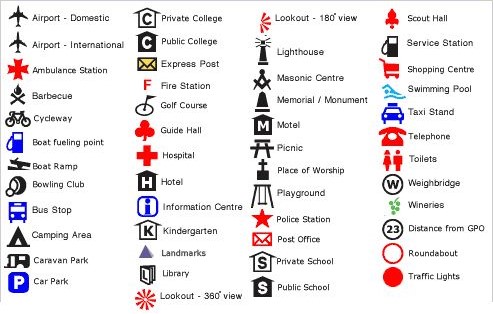Additional facts
1. Parallels of Latitude:

- Parallels are lines running parallel to the Equator, and their length decreases toward the poles. The Equator is the longest.
2. Meridians of Longitude:
- Meridians run from the North to South Pole and measure east or west of the Prime Meridian. Their length is constant, and the Equator is the only parallel that matches their length.
3. South Pole Latitude:
- The South Pole is at 90°S latitude, the southernmost point on Earth, opposite the North Pole at 90°N.
4. Assam and Indian Standard Time (IST):
- Assam’s local time is ahead of IST, but India follows one time zone (IST) for the entire country.
5. Time Zones and Meridians of Longitude:
- Time zones are based on meridians, with each zone spanning 15° of longitude. The Prime Meridian (0°) is the reference point for time zones.
6. Equator as a Parallel of Latitude:
- The Equator is the main parallel at 0° latitude, dividing Earth into two halves. It’s the longest parallel, measuring 40,075 km.
FAQs
Parallels of latitude are imaginary horizontal lines that run parallel to the Equator, measuring the distance north or south of it.
Meridians of longitude determine time zones. Each time zone spans 15° of longitude, and time increases or decreases based on a location’s east or west position relative to the Prime Meridian.
The South Pole is located at 90°S latitude, marking the southernmost point on Earth.
Although Assam’s local time is ahead of IST due to its eastern location, India uses a single time zone, Indian Standard Time (IST), for simplicity and consistency across the country.
The Equator is the 0° latitude line that divides the Earth into the Northern and Southern Hemispheres. It is the longest parallel of latitude and measures about 40,075 km.








